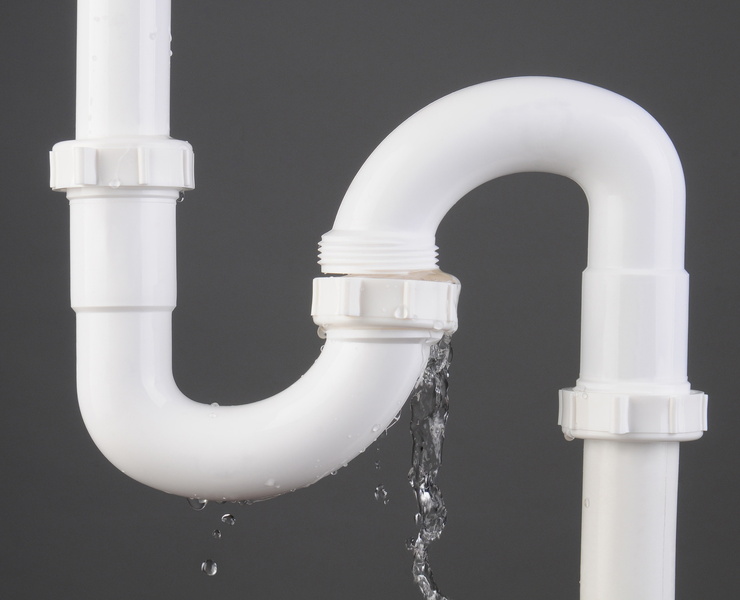Revealing Covert Water Line Leaks: Six Effective Finding Methods
Revealing Covert Water Line Leaks: Six Effective Finding Methods
Blog Article
Right here in the next paragraph you will find additional good quality content in regards to Hacks to detect leaks.

Early discovery of dripping water lines can mitigate a potential catastrophe. In addition to conserving you cash, it will certainly minimize the worry and frustration. The moment you discover a leak, calling your plumber for repairs is the very best option. However, some small water leaks might not be visible. If you can not detect it with your nude eyes, here are some hacks that aid.
1. Analyze the Water Meter
Every residence has a water meter. Checking it is a guaranteed way that aids you find leaks. For starters, turn off all the water sources. Make certain no one will flush, use the faucet, shower, run the washing machine or dishwashing machine. From there, most likely to the meter and watch if it will alter. Considering that no person is using it, there need to be no activities. That shows a fast-moving leakage if it moves. If you discover no changes, wait an hour or 2 and inspect back again. This indicates you might have a sluggish leakage that could even be below ground.
2. Inspect Water Usage
If you spot abrupt modifications, in spite of your consumption being the exact same, it implies that you have leakages in your plumbing system. An unexpected spike in your costs suggests a fast-moving leakage.
At the same time, a consistent increase each month, even with the very same practices, reveals you have a slow leak that's also slowly rising. Call a plumber to thoroughly check your residential or commercial property, particularly if you feel a cozy area on your floor with piping below.
3. Do a Food Coloring Examination
When it comes to water consumption, 30% comes from commodes. If the shade somehow infiltrates your bowl throughout that time without flushing, there's a leak between the container as well as dish.
4. Asses Exterior Lines
Don't neglect to examine your exterior water lines as well. Must water seep out of the link, you have a loosened rubber gasket. One small leak can waste bunches of water as well as spike your water costs.
5. Check as well as Analyze the Situation
Home owners ought to make it a habit to check under the sink counters and also even inside cupboards for any type of bad odor or mold development. These two warnings indicate a leakage so prompt focus is called for. Doing routine evaluations, also bi-annually, can save you from a major trouble.
Examine for discolorations as well as damaging as most pipes as well as appliances have a life expectations. If you presume leaking water lines in your plumbing system, don't wait for it to intensify.
Early discovery of leaking water lines can mitigate a possible disaster. Some small water leakages might not be noticeable. Examining it is a guaranteed method that assists you find leaks. One tiny leak can waste heaps of water and also increase your water bill.
If you suspect leaking water lines in your plumbing system, do not wait for it to rise.
WARNING SIGNS OF WATER LEAKAGE BEHIND THE WALL
PERSISTENT MUSTY ODORS
As water slowly drips from a leaky pipe inside the wall, flooring and sheetrock stay damp and develop an odor similar to wet cardboard. It generates a musty smell that can help you find hidden leaks.
MOLD IN UNUSUAL AREAS
Mold usually grows in wet areas like kitchens, baths and laundry rooms. If you spot the stuff on walls or baseboards in other rooms of the house, it’s a good indicator of undetected water leaks.
STAINS THAT GROW
When mold thrives around a leaky pipe, it sometimes takes hold on the inside surface of the affected wall. A growing stain on otherwise clean sheetrock is often your sign of a hidden plumbing problem.
PEELING OR BUBBLING WALLPAPER / PAINT
This clue is easy to miss in rooms that don’t get much use. When you see wallpaper separating along seams or paint bubbling or flaking off the wall, blame sheetrock that stays wet because of an undetected leak.
BUCKLED CEILINGS AND STAINED FLOORS
If ceilings or floors in bathrooms, kitchens or laundry areas develop structural problems, don’t rule out constant damp inside the walls. Wet sheetrock can affect adjacent framing, flooring and ceilings.
https://www.servicemasterbyzaba.com/blog/how-to-detect-water-leakage-in-walls/

As a fervent person who reads on Finding hidden leaks, I thought sharing that piece was a good idea. So long as you enjoyed reading our page kindly do not forget to pass it around. Thanks for going through it.
Plumbing care available. Report this page